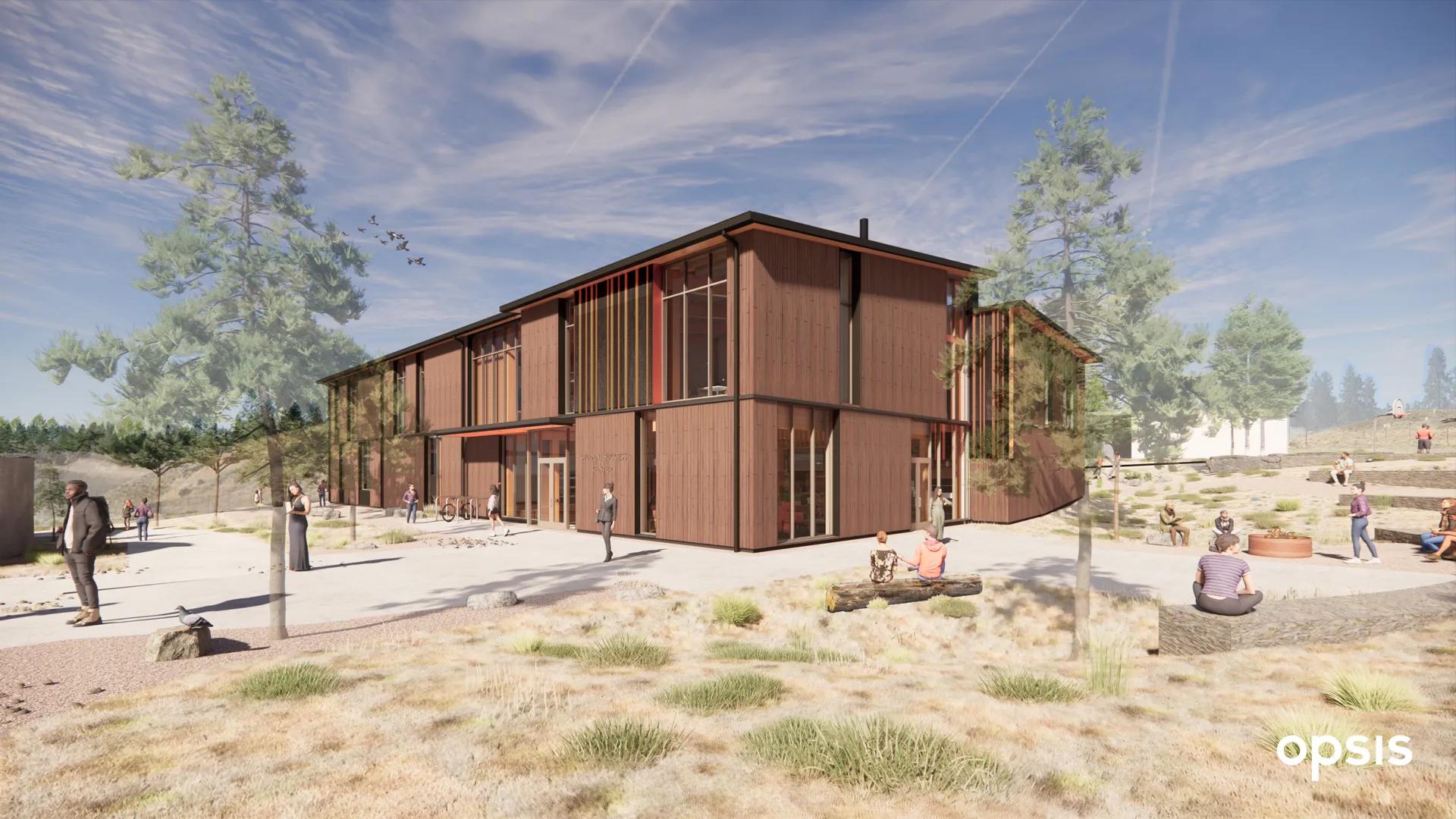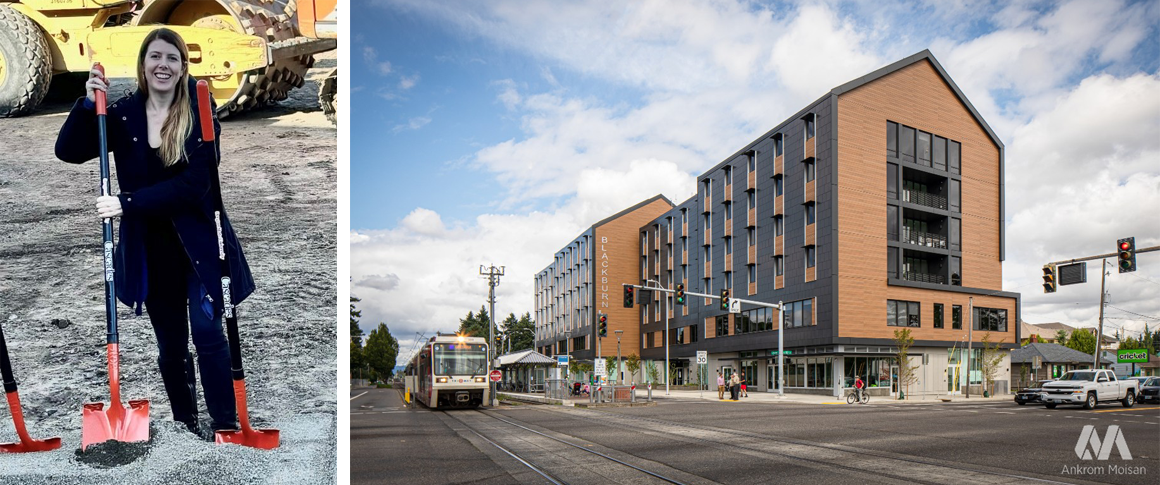In April 2023, NCARB and our counterpart in the United Kingdom, the Architects Registration Board (ARB) launched a new mutual recognition agreement (MRA) for architects. Through the MRA, qualified architects licensed in either country can easily pursue reciprocal licensure internationally. We recently asked architect Caroline Hather about her experiences navigating the process of applying for U.S. licensure.
Why did you choose to pursue a career in architecture?
I had always been interested in both the arts and sciences, so I needed a profession that combined the two, where I could be creative but also problem-solve. My whole family has always loved to travel, and two trips in particular to Paris (La Louvre) and Reykjavik (The Pearl/Perlan) cemented my interest in modern architecture. I was fascinated by the breadth of what a building can be and do.

U.S./U.K. Mutual Recognition Agreement
Expand your international reach through our new MRA with the United Kingdom.
You initially got licensed in the United Kingdom, and recently got licensed in Oregon through our new Mutual Recognition Agreement with the U.K.—what was the process like for you?
I had been planning to get my U.S. license for some time, but as the mother of a young child, taking the Architect Registration Examination® (ARE®) on top of working full time was pretty daunting. When Brexit happened, the silver lining for me was that reciprocity became a possibility. I crossed my fingers and then as soon as the MRA was finally agreed, I started the paperwork to have ARB certify that I met the criteria. I was fortunate that my firm sponsored my licensure. Once I had my NCARB Certificate, I applied for it to be transmitted to Oregon so I could be approved to take the jurisprudence exam. Compared to the ARE, one 20-minute, open-book, online exam was a breeze!
Do you have any advice for other architects interested in getting licensed through the MRA?
Whilst it is a pretty easy process (we already did the hard part back when we got licensed in our own countries!), it is also expensive. My advice would be to speak to your firm early about helping with some or all of the costs.
Why was earning a license in the United States important to you? Do you have plans to get licensed anywhere else?
I have lived in Portland, Oregon, for 12 years now, and love living and working here. Having worked hard to get my U.K. license, it was frustrating not to be able to call myself an architect here, particularly on email signatures and business cards. Being able to call myself an architect establishes trust with clients and partners, and not being licensed can place a cap on career progression, since many firms require principals to be licensed architects. I don’t currently plan on becoming licensed in any other states, but it is helpful that I could if my firm needs me to.
Have you spotted any key differences in project approach or style between the work you did in the U.K. and the work you’re doing in Oregon?
There are many differences between project approaches and styles due to the different regulatory systems and climates. For example, in Oregon, though the climate is very familiar (lots of rain!), there is seismic code to consider, which is not the case in the U.K.
I have also noticed that in the U.S., urban design tends to be separated out from architecture more, whereas in Europe, the building’s role in the city fabric is always a primary part of the architect’s thinking. The city block layout also means there are formulas/precedents for what works best for the standard dimensions, whereas in Europe, sites are very rarely the same dimensions, so every site is a unique problem to be solved.
Another funny thing I always notice is that American color tastes are different from European color tastes, since those tastes are formed by different cultural cues and references. I often have to step back from those conversations, since the end users are more likely to agree with my American colleagues!
Can you tell us about one or two of your favorite projects, and why they’re special?
Social equity and the importance of democratizing design is very important to me, and my two favorite projects reflect this. Both also have green building principles at their core.
The first is the Blackburn Center for Central City Concern (pictured above), which I worked on with Ankrom Moisan Architects, the first firm I worked for in the U.S. The project is a one-stop shop for people who are struggling with addiction and/or houselessness. The project includes a clinic, addiction and mental health counseling, and transitional housing to assist people in their return to independent and healthy living. The project is certified Earth Advantage Platinum and won an Earth Advantage green builder award as well as an AIA/AAH Healthcare Design Award.

The second is the Student Success Center for Oregon State University - Cascades Campus (OSU SSC) which is currently on site in Bend, Oregon. It is the first project I have worked on from the very start with my current firm Opsis Architecture. I joined Opsis because of their strong commitment to DEI and expertise in community engagement. The SSC project has been an amazing opportunity to see that in practice and the design is truly reflective of that approach. The project is my second mass timber project, is net zero ready as part of the Cascades Campus commitment to district energy generation and also embraces biophilic design principles throughout.



